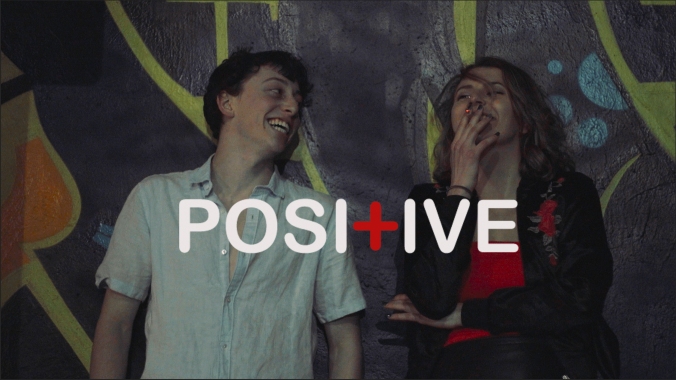
Without even realising we have become transmedia addicts. Due to the high audience demand, we are looking at the future of digital media. Transmedia is not just a fad, it is rather a growing trend.
With the help of digital technologies transmedia tells a story using multiple platforms. Or as Jenkins defines it; “Transmedia storytelling represents a process where integral elements of a fiction get dispersed systematically across multiple delivery channels for the purpose of creating a unified and coordinated entertainment experience. Ideally, each medium makes its own unique contribution to the unfolding of the story” (Jenkins 2011).
There is a high demand to stay entertained. Nowadays we can engage without even turning on the television set. I cannot speak for others than myself but I rarely stick to only one device. While watching television I’m almost always on my phone or laptop googling that particular show and I often discuss my findings with others on social media. As Begeal (2013) writes audience focus is shifting, they are engaging on more than one platform and are demanding more from their entertainment.
Television is now bigger than the TV (Evans 2011). We incorporate so many devices into our daily lives. Evans (2011) further argues the internet has become a key site for engagement with audio-visual media of all kinds, from broadcast material to professionally produced `webisodes´ to user-generated content.
One of the key findings in the report Online and On Demand 2017´, compiled by Screen Australia, found that the majority of VOD users active on social media are watching screen content via these services. YouTube, Facebook, and younger audiences dominate but there is potential for growth across all demographics.
In today’s society, we operate on so many devices. We never truly `switch off´ and therefore we are no longer satisfied with only one screen- we follow multiple. And as users, we feel the need to interact with the content- watching one TV show just won’t do it anymore. As screen addicts, we need to interact and participate to not get bored.
It is clear how we incorporate social media into our daily routines- including our TV time. What we need to do now is further work on this technique of storytelling. I see endless possibilities and opportunities. We have an exciting future ahead and who knows what it might have in store for us.
The group presenting talked about the transmedia project “The Truth About Marika (2007)” a participative drama series and a good example of an early project which incorporated multiple platforms. I remember it being in the news years ago and a lot of people believing it was real. It is what SVT called fiction without limits. The series got an entire nation actively involved.
At this point, I’m pretty confident I want to tell a story using transmedia elements. All the content will be published on a website. In between the episodic videos, the viewer can also follow the characters interactions via texts and their social media presence, which will be published on the main platform. This approach will be best suited for my project because the different mediums bring context to and also complements the story.
The more I think about it the more confused I get, so my first approach will be planning the narrative from the beginning and consider platforms I am to use while writing.
References:
Begeal, J. (2013). Transmedia Storytelling 101. Available: https://prezi.com/69exjuet3mnx/transmedia-storytelling-101/. Last accessed April 25th 2018.
Evans, E (2011). Transmedia Television: Audiences, New Media, and Daily Life. New York: Routledge. p1-5.
Jenkins H. 2011, Confessions of an Aca-Fan (blog), available at http://henryjenkins.org/ (Links to an external site.)Links to an external site.
-. (2018). Online & On Demand 2017 Trends in Australian online viewing habits. Available: https://www.screenaustralia.gov.au/getmedia/f06697b8-07be-4a27-aa8b-bc3ad365238c/OnlineOnDemand_2017.pdf. Last accessed 20th April 2018.

